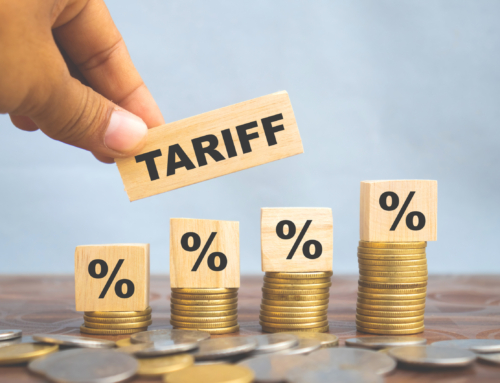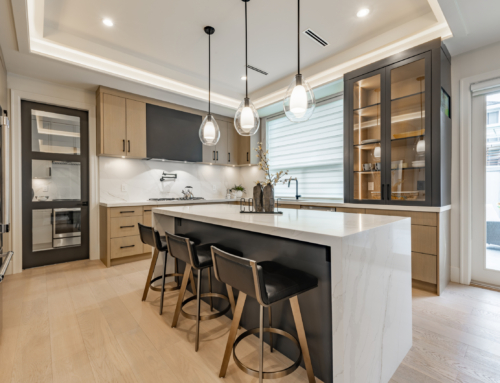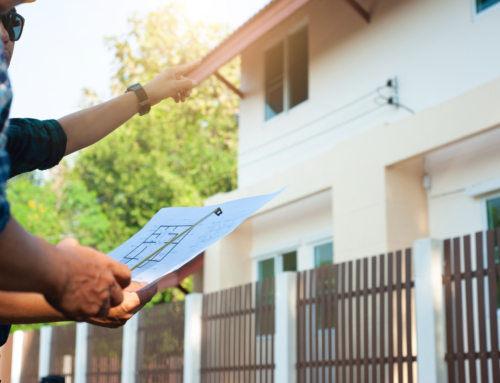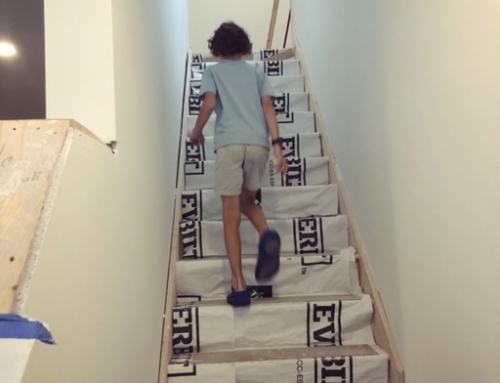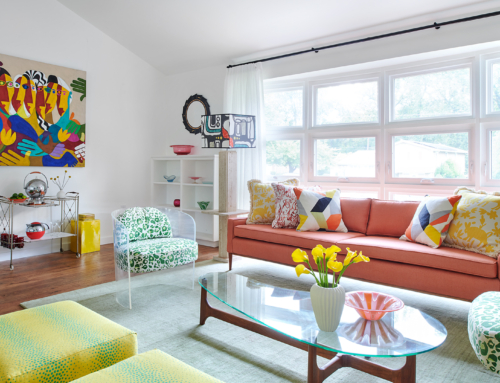Earth-Friendly Home Renovations: A Local Perspective

Earth friendly. Eco conscious. Green. What do these terms mean in the context of home improvement? The short answer is being kind to your surroundings — although the meanings can differ slightly depending on where you live.
Here, in the metro Philadelphia area, where Europeans have been constructing buildings for more than 200 years, being earth friendly means refurbishing great old homes and other properties, like churches and factories, for continued use. It also means selecting high-quality materials and building methods so these great older buildings will be here for future generations.
Building a new home uses a tremendous amount of resources. In most cases, you would have to live in your home for more than 60 years to pay off the net effect of the resources used and carbon debt produced by it. Yet, most people live in their homes only a few years before moving, and those homes often need major renovations before they are 10 years old.
By refurbishing older properties for reuse, these already spent resources are “recycled,” and new resources are saved from being spent. This is why we advocate for refurbishing older buildings and doing so with high-quality products and methods that last a long, long time.
Further earth-friendly steps can be taken by making these renovated properties highly energy efficient or even energy producing. Easy water-saving steps can also be taken. Many tax incentives and special loans are available for these improvements, and more are created on a regular basis.
Utilizing great local products like oak, cherry and other locally grown hardwoods for cabinets and flooring, helps to put local timber producers and lumberyards to work, thereby improving our local economy. Steps like these are much better for the Earth and your local neighbors than, say, importing cheap bamboo flooring from China. And local hardwoods look better since they are a better match for older properties than the imported stuff. Softwoods for framing and flooring are also available locally. We even have sources for salvaged flooring lumber, which is beautiful and full of character!
By purchasing other low- or no-toxin products, especially locally produced items like tile, fixtures and fittings, cabinets, windows and doors, roofing and siding, you are again helping your neighbors and keeping your carbon footprint low! Be sure to ask your suppliers where the products going into your renovations will come from, and don’t hesitate to insist on earth-friendly options.
When it comes to siding, we recommend avoiding vinyl or similar products that produce toxins and are not recyclable. When you are done using a product, it should be recycled somehow. Vinyl siding typically gets used for 10-20 years and then goes to the landfill. Compare this to a cedar or metal siding. Metals are readily recycled, and you can even get a few bucks for them at the scrap yard! Cedar lasts generations and then goes back into the earth. In that time, new trees have grown, and they have picked up excess atmospheric carbon, making the world a little cooler.
In other countries with much higher standards of living than our own, these issues and considerations are normal for homeowners. These communities live in homes hundreds of years old with very efficient heating and cooling, water-saving toilets, modern efficient functioning throughout, and very high style! Despite where we live, we all need to be more conscious of these issues. They are the right things to do — and easy, too!


